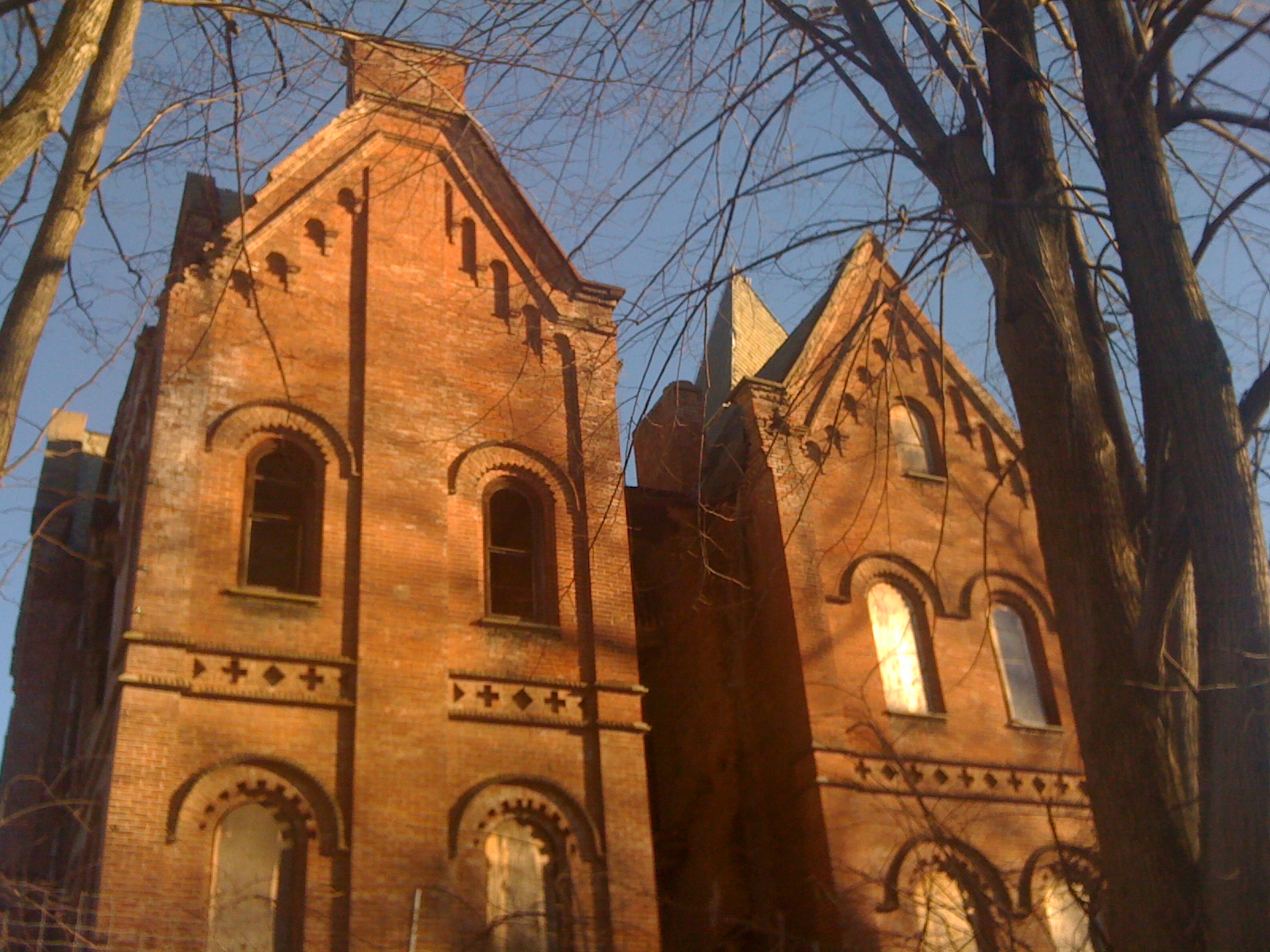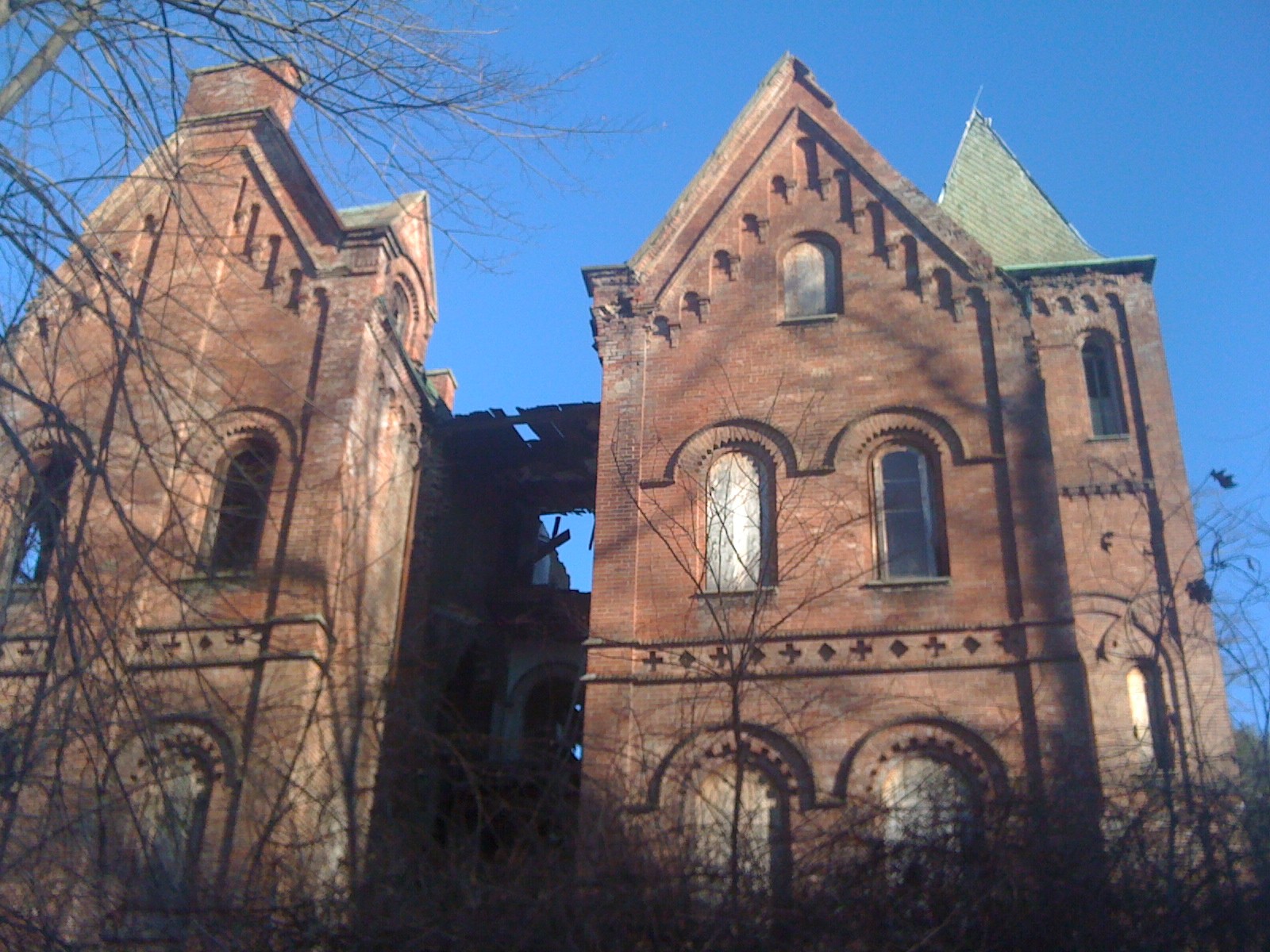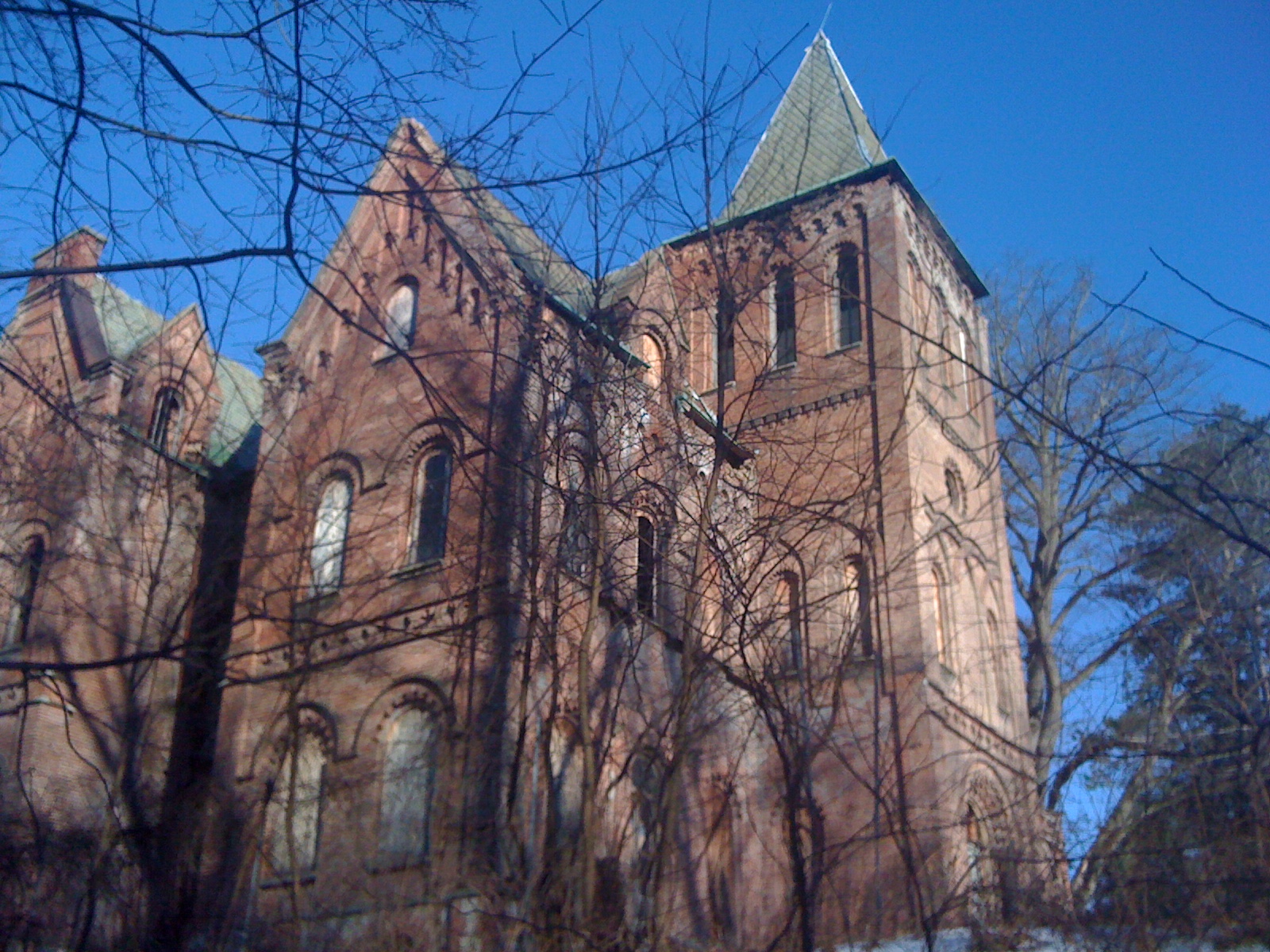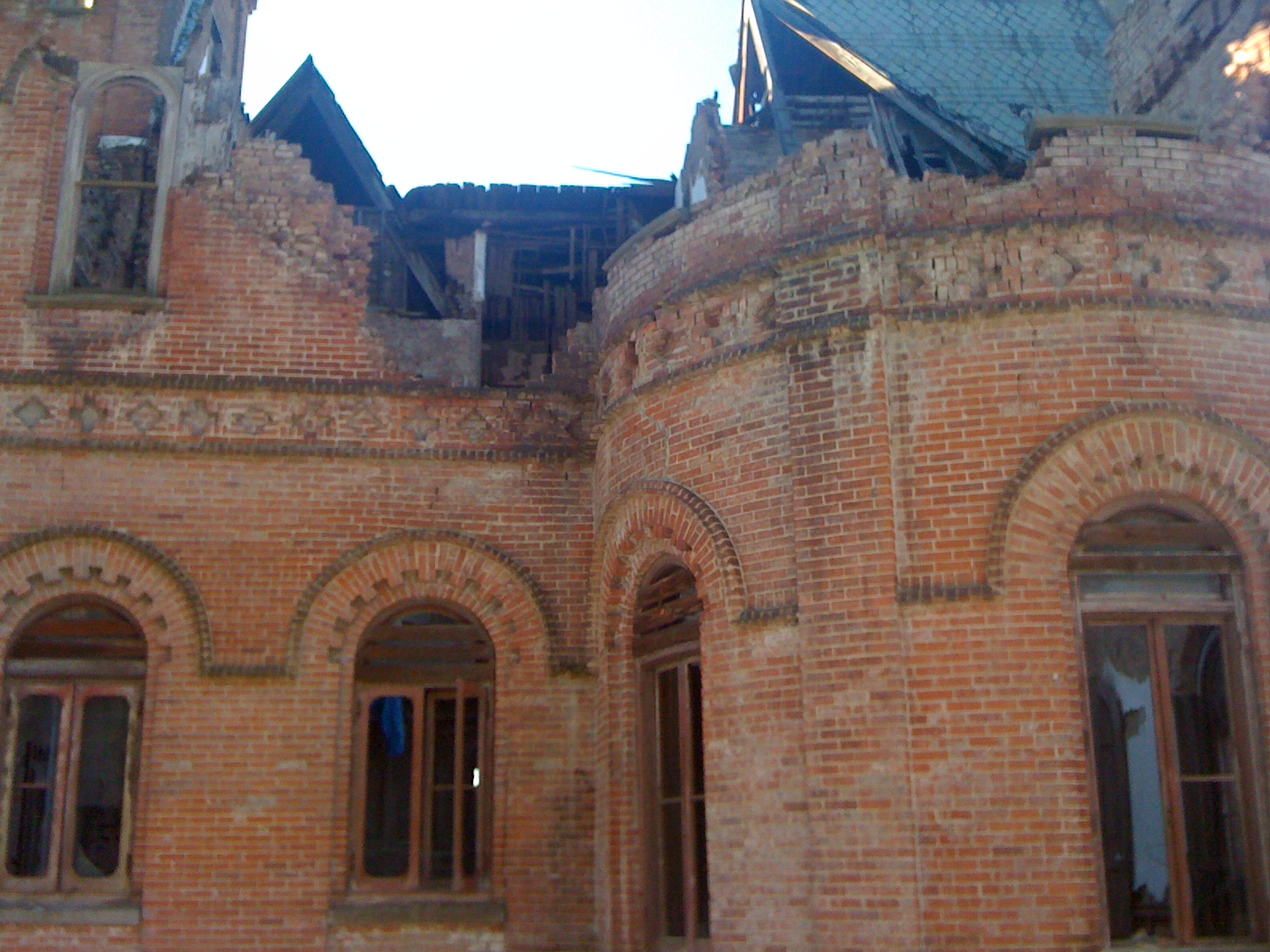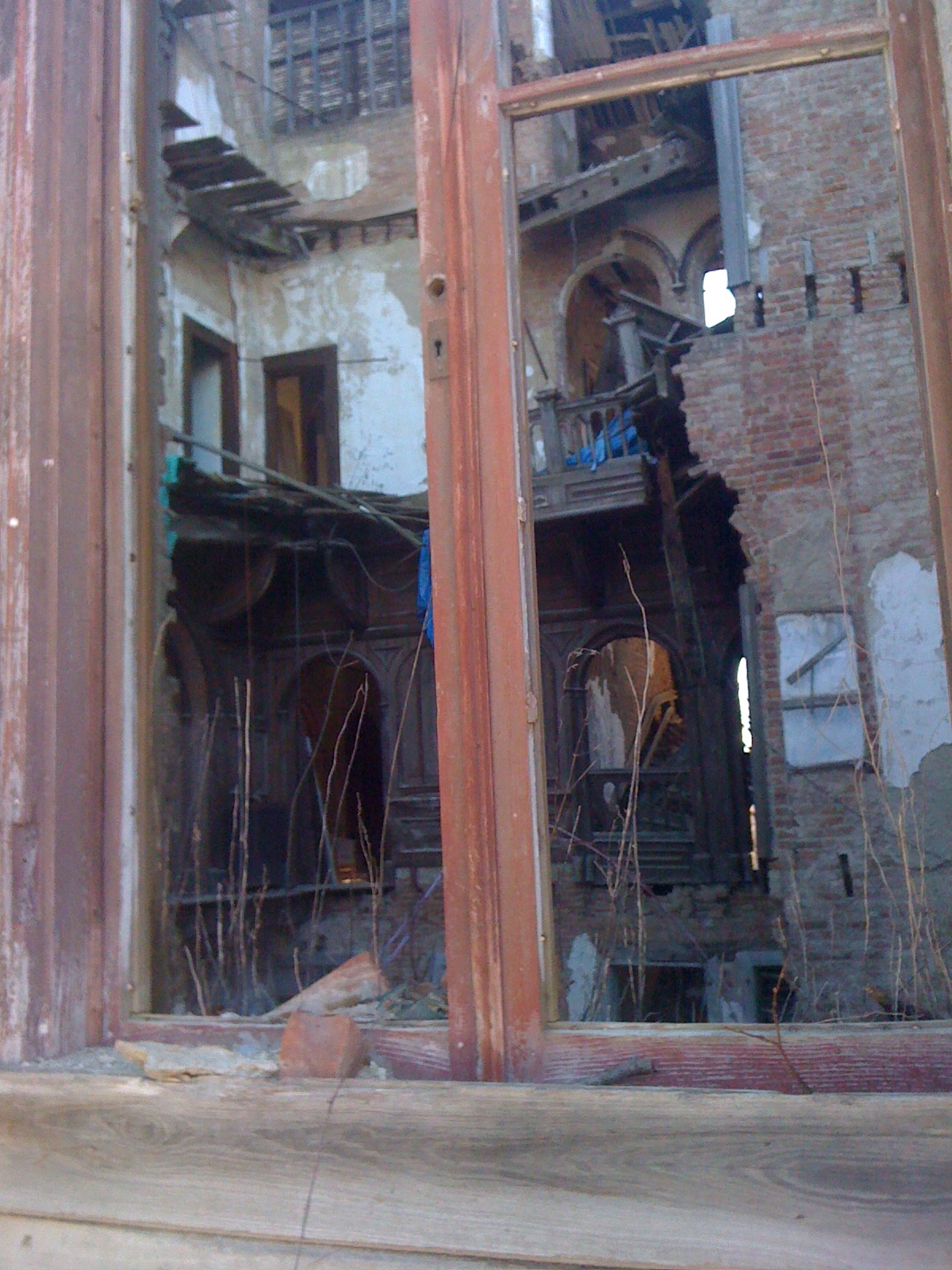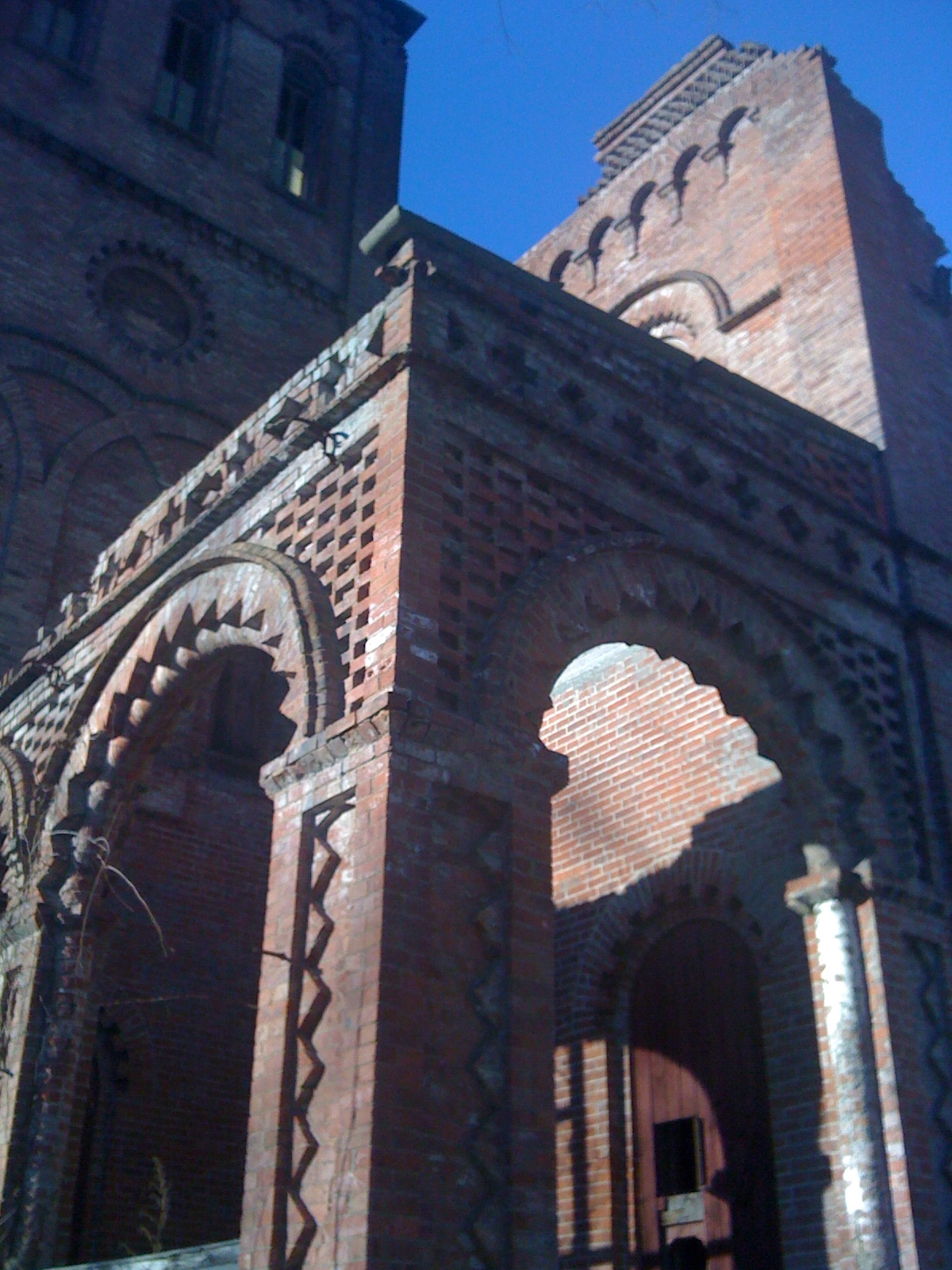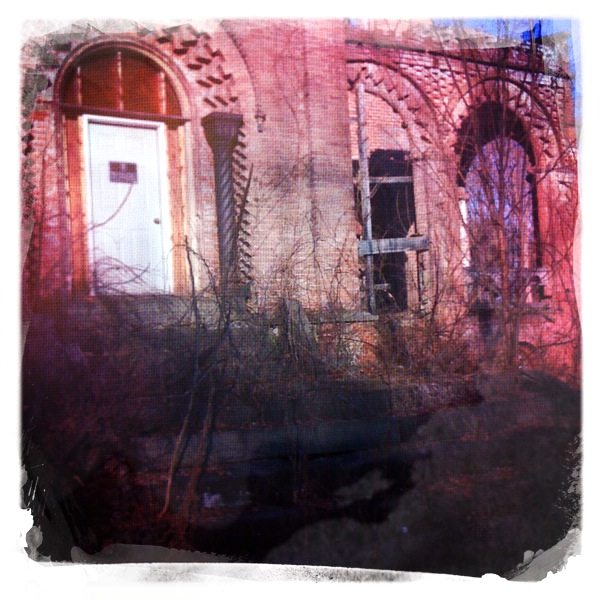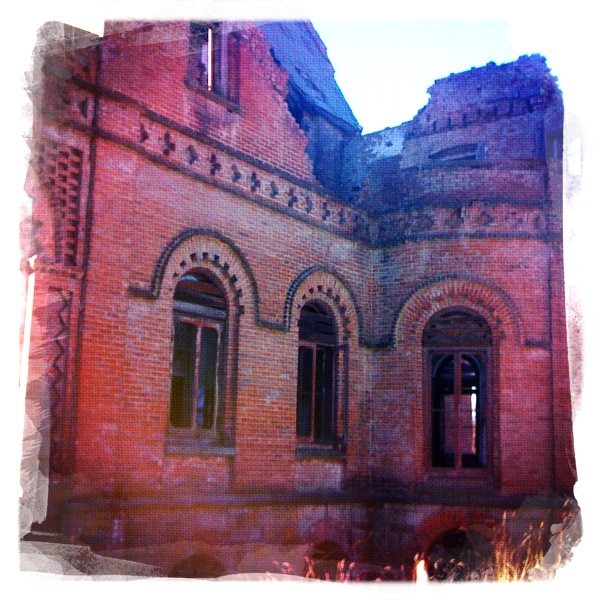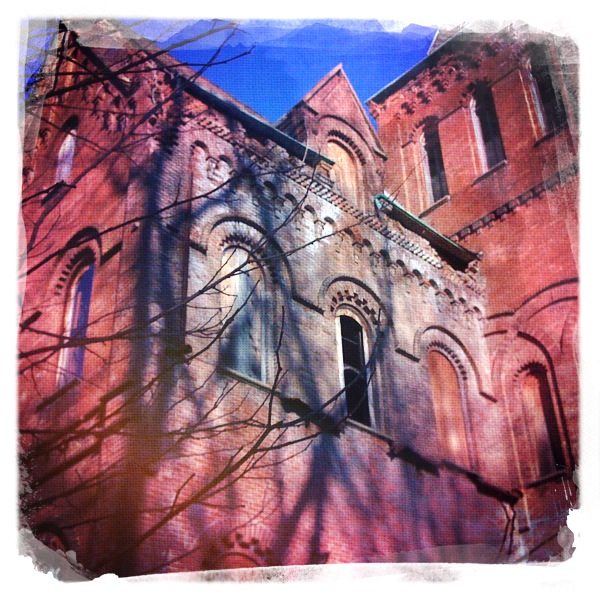The Fizzy Green Wonder
Since the Hudson Valley has been in the midst of a mid-February thaw, that means that all of us who have been stuck on trainers for the majority of the winter have been scrambling to put in as much time on the open roads as possible. Frankly, I'm shocked that I've been able to do all of my weekly rides outside (hills make MUCH more entertaining intervals than watching them on a DVD.)
The best part of the melting snow is the salt being washed off the roads, which means that the road bike is free to roam asphalt again. But of course, there's always the downside of riding during the thaw: cinders, mud, gravel and a lot of water running across the roads. Of course, since mounting fenders on a racing bike is flat out sacrilege, this means that crap will be flung all over your bike. That's where Pedros Green Fizz stepped in and saved the day.
Click through the jump to catch my review of the fizzy green wonder and get a link to buy it yourself:


